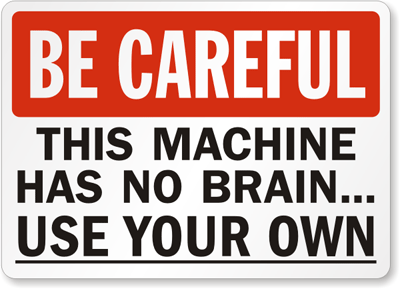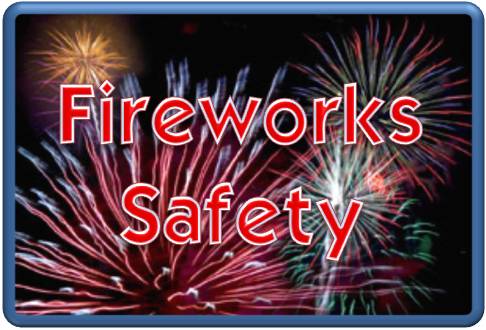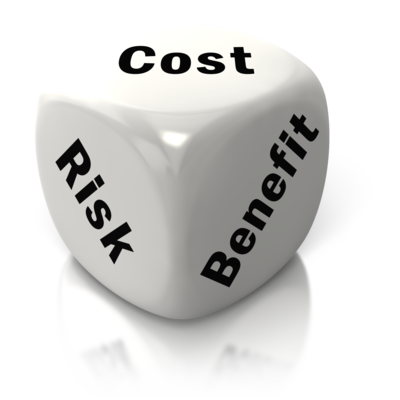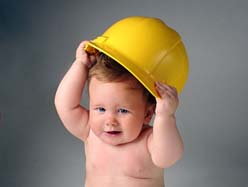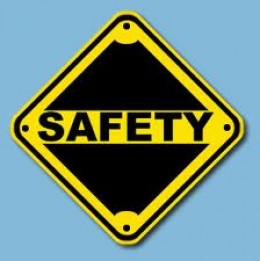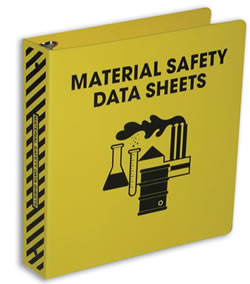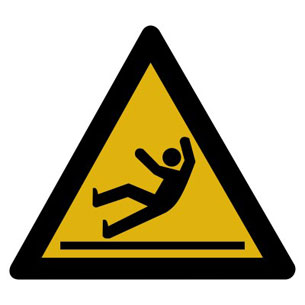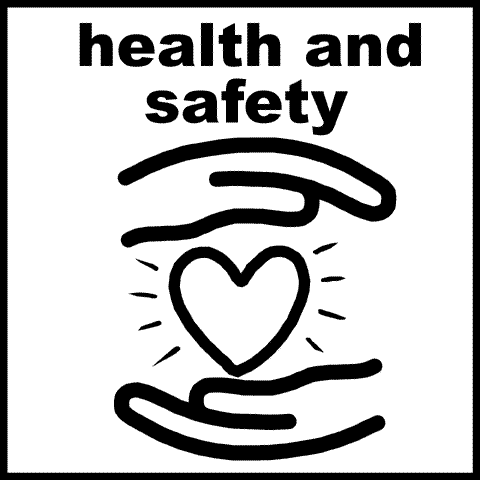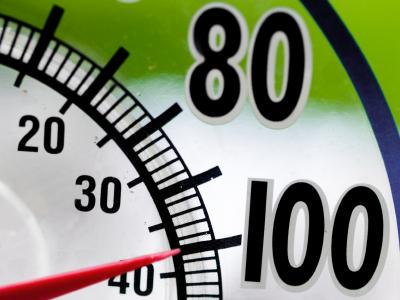 Employers should take the following steps to protect workers from heat stress:
Employers should take the following steps to protect workers from heat stress:
- Schedule maintenance and repair jobs in hot areas for cooler months.Schedule hot jobs for the cooler part of the day.
- Acclimatize workers by exposing them for progressively longer periods to hot work environments.
- Reduce the physical demands of workers.
- Use relief workers or assign extra workers for physically demanding jobs.
- Provide cool water or liquids to workers.
- Avoid alcohol, and drinks with large amounts of caffeine or sugar.
- Provide rest periods with water breaks.
- Provide cool areas for use during break periods.Monitor workers who are at risk of heat stress.
- Provide heat stress training that includes information about: Worker Risk Prevention Symptoms, the importance of monitoring yourself and coworkers for symptoms, treatment and personal protective equipment.
via CDC – Heat Stress – NIOSH Workplace Safety and Health Topic.

